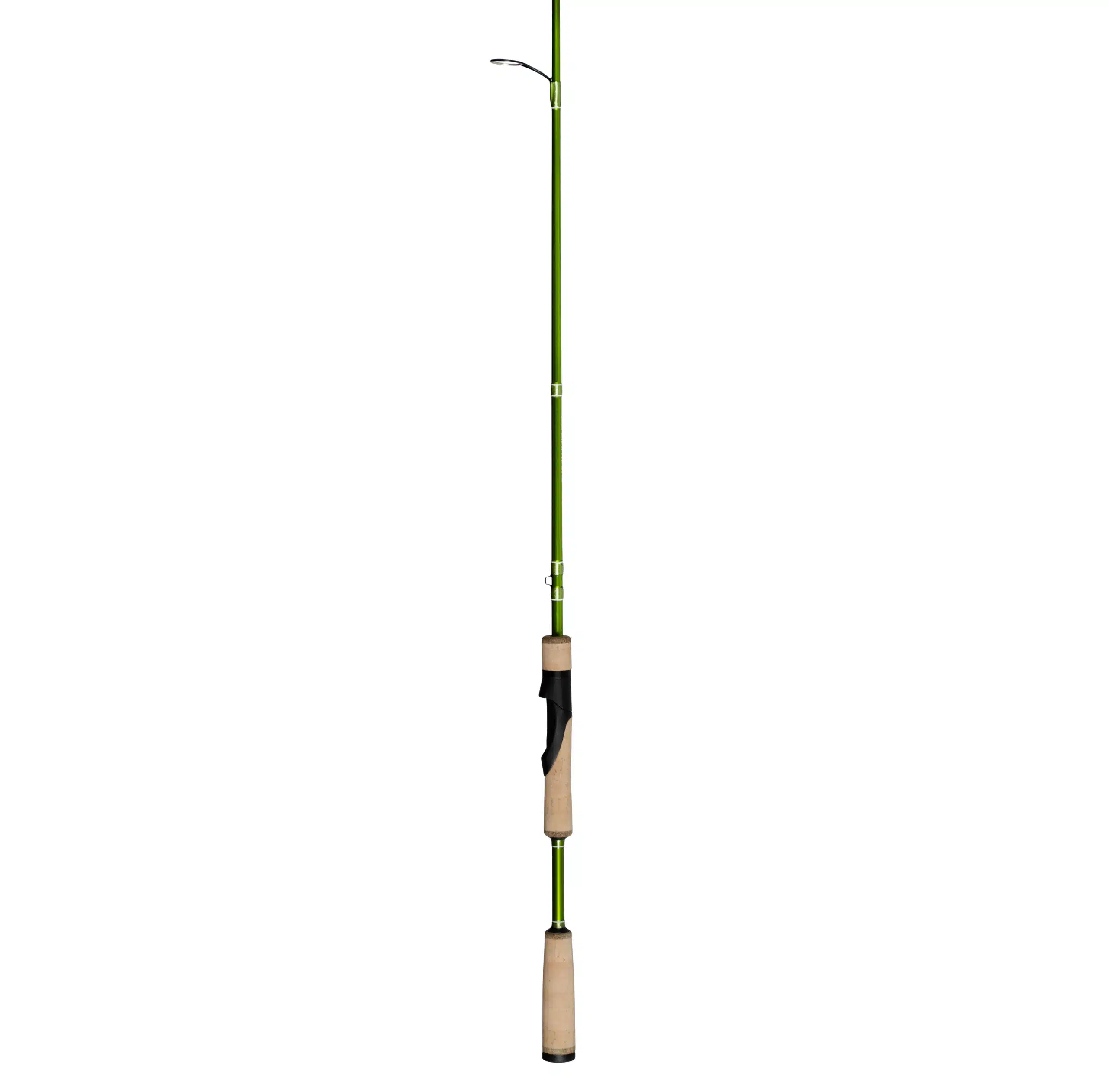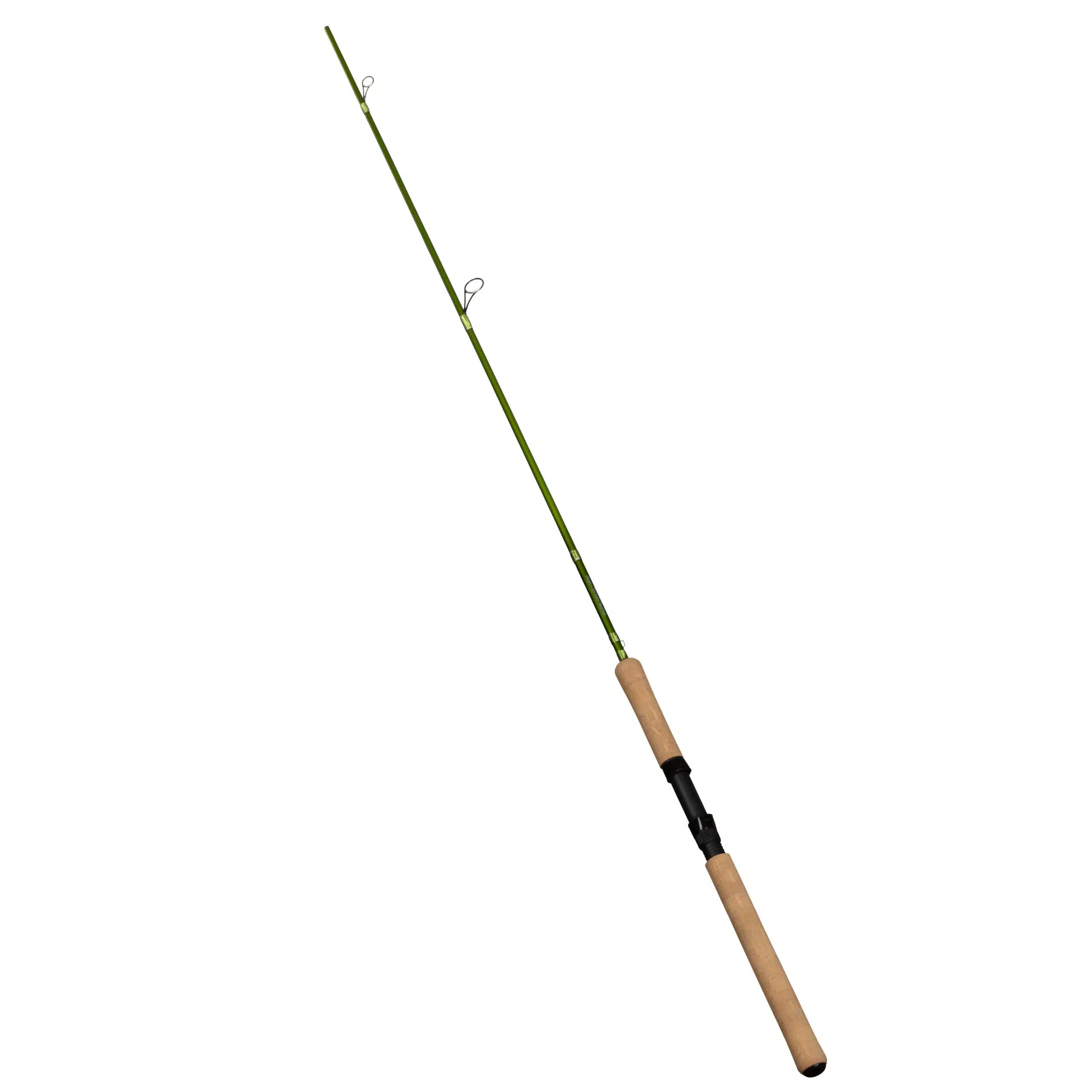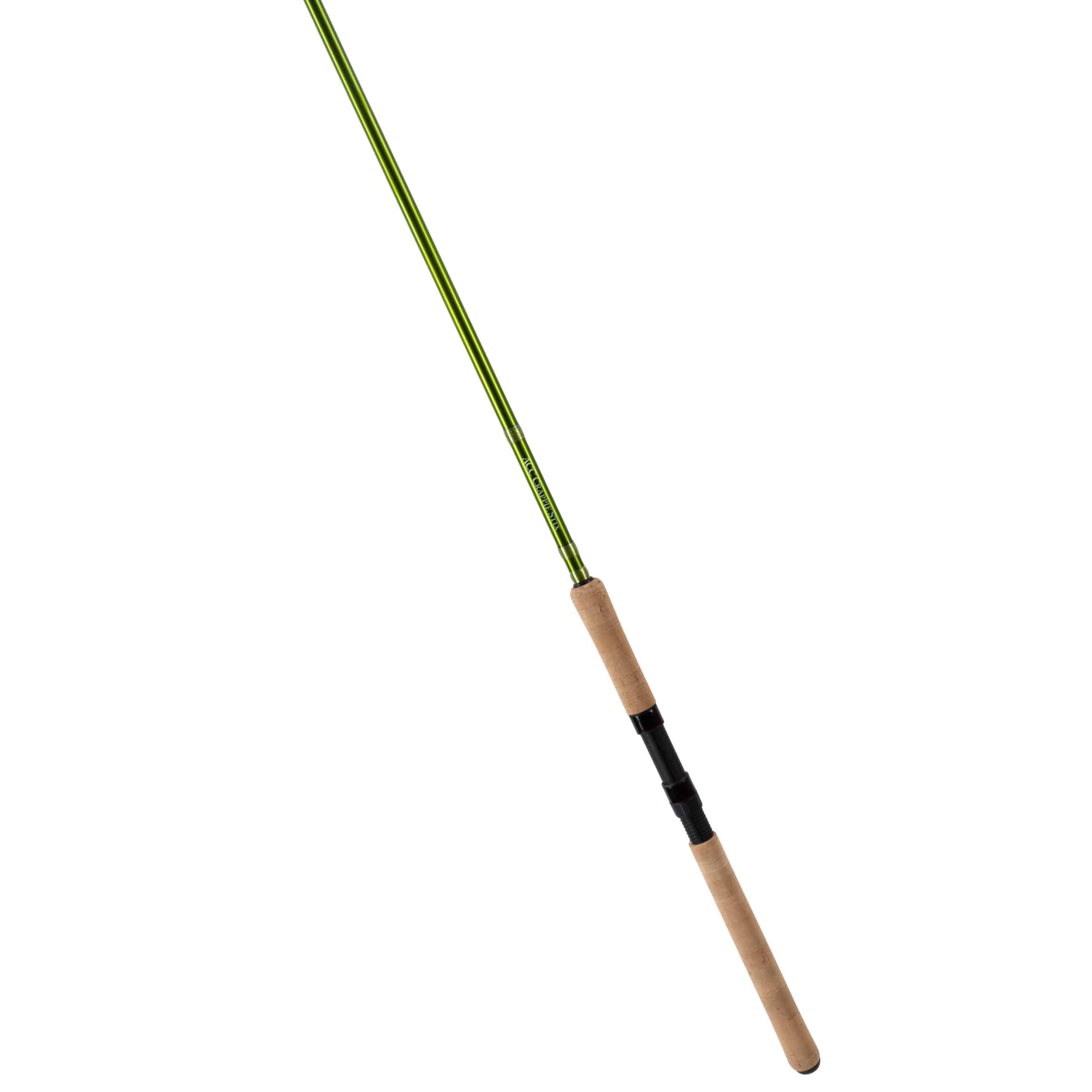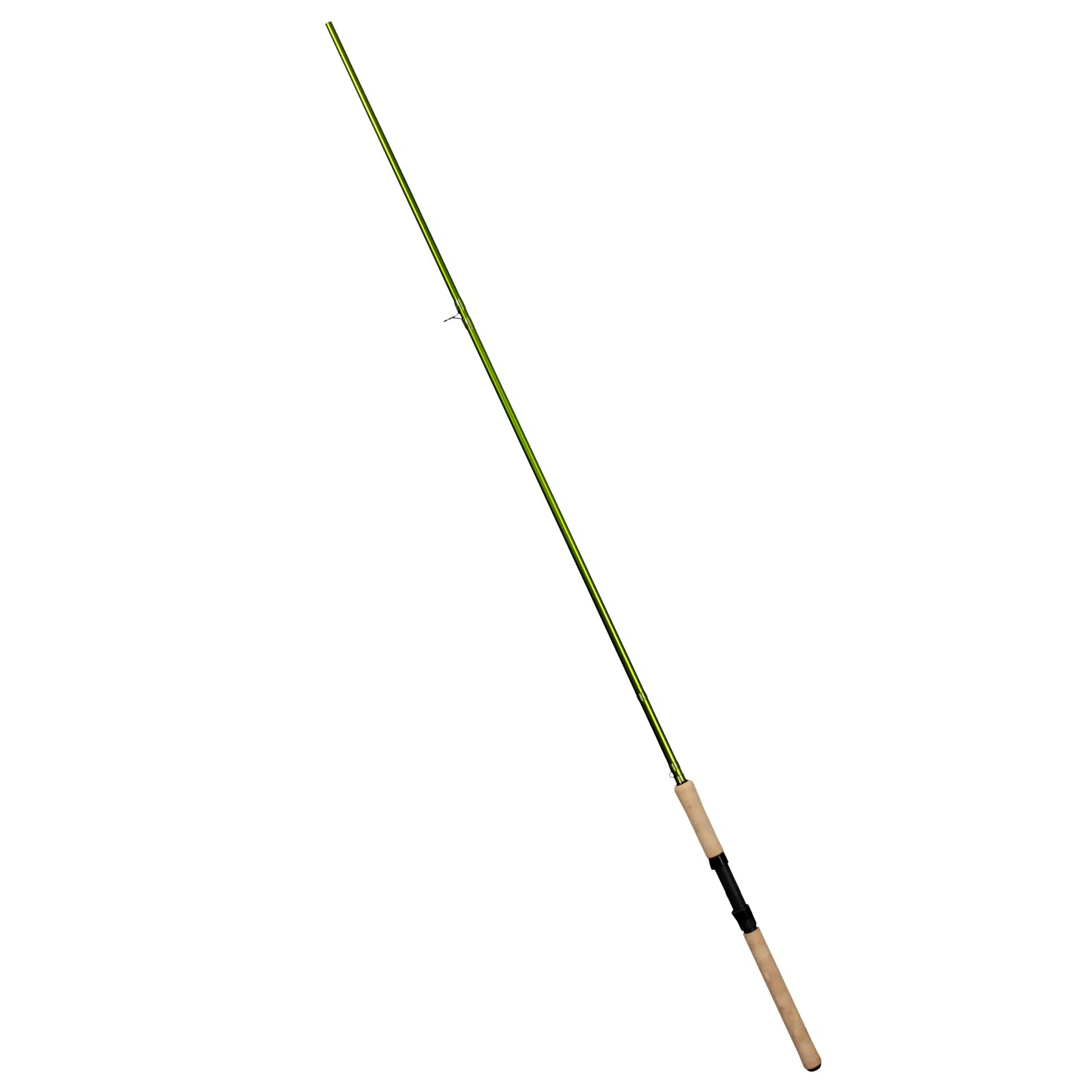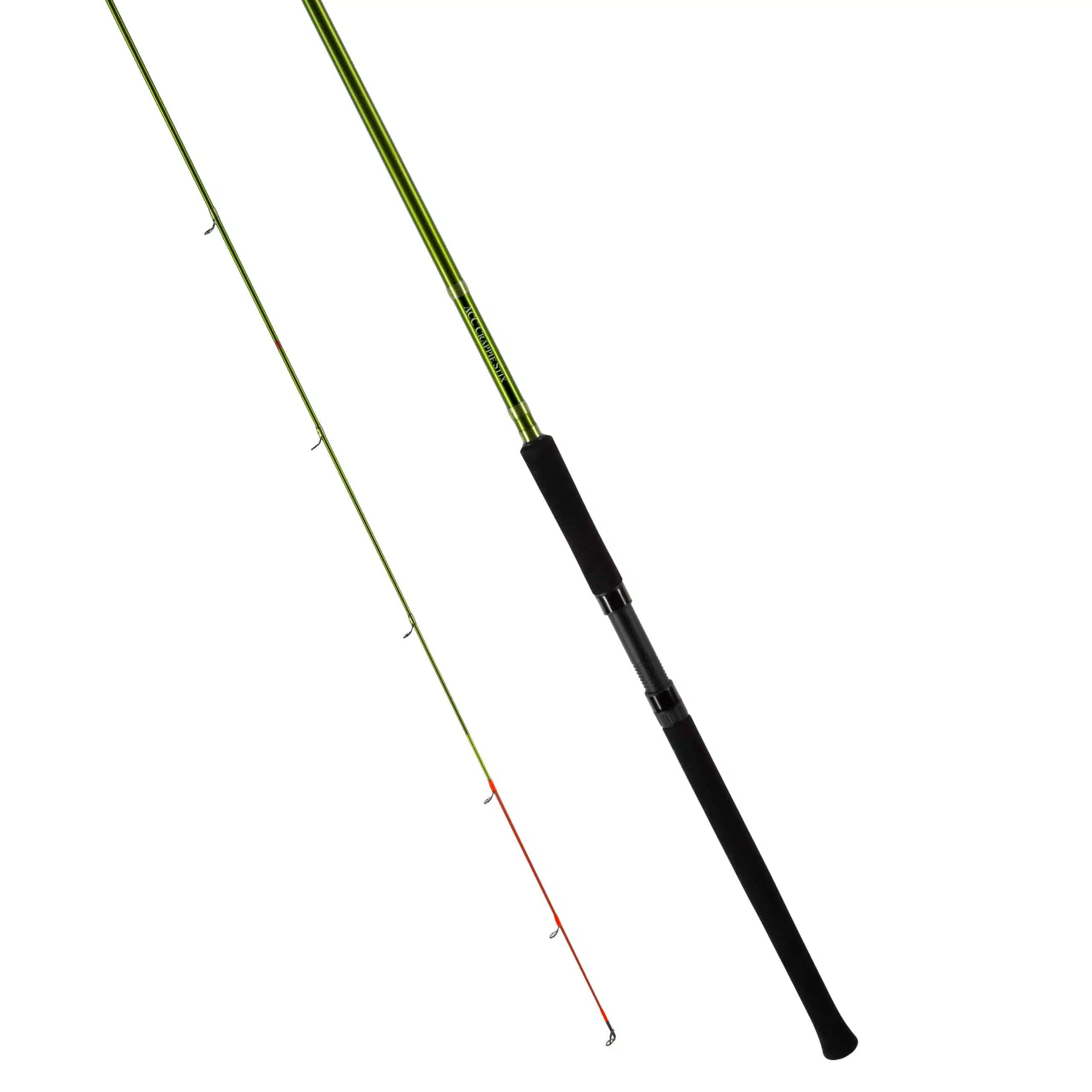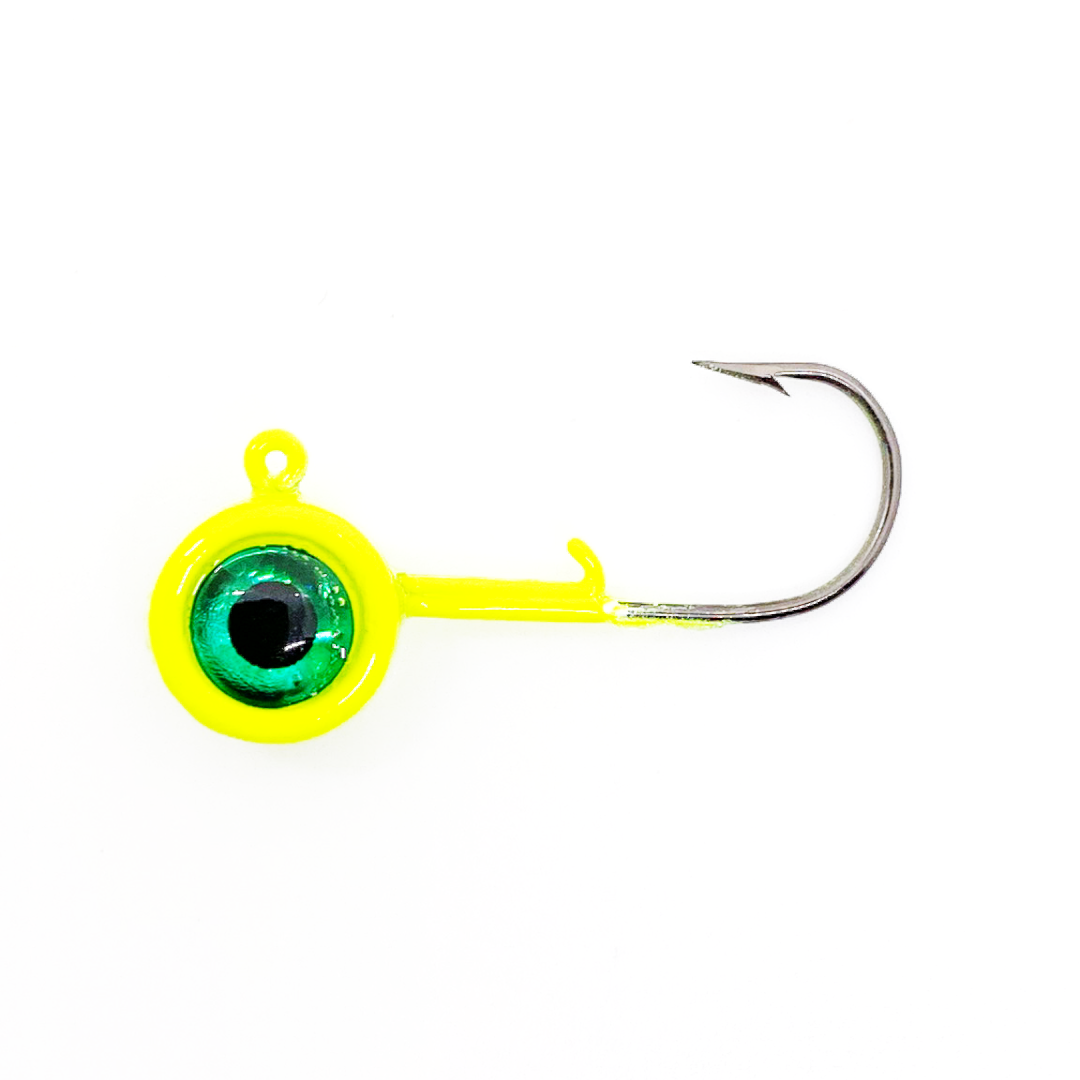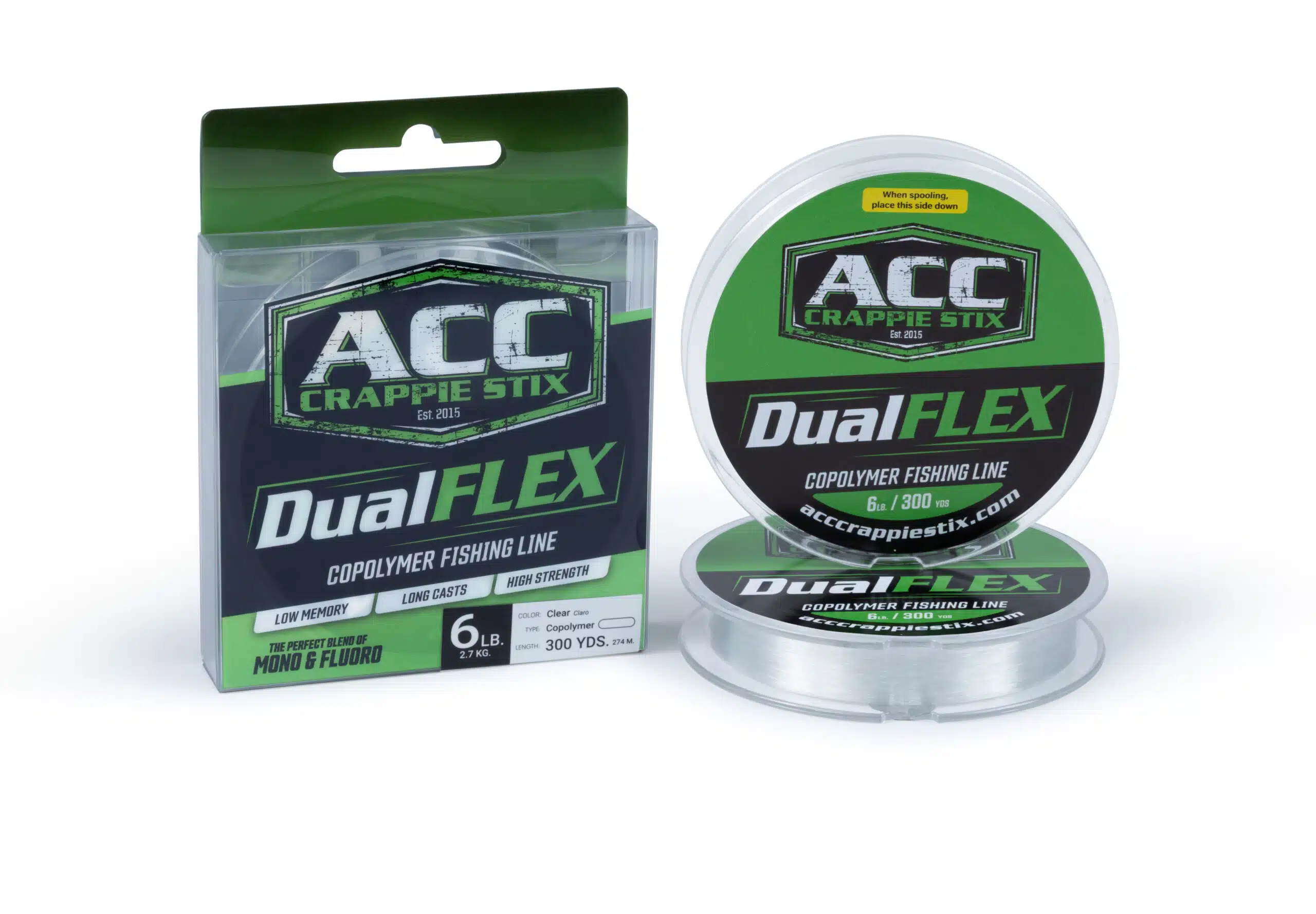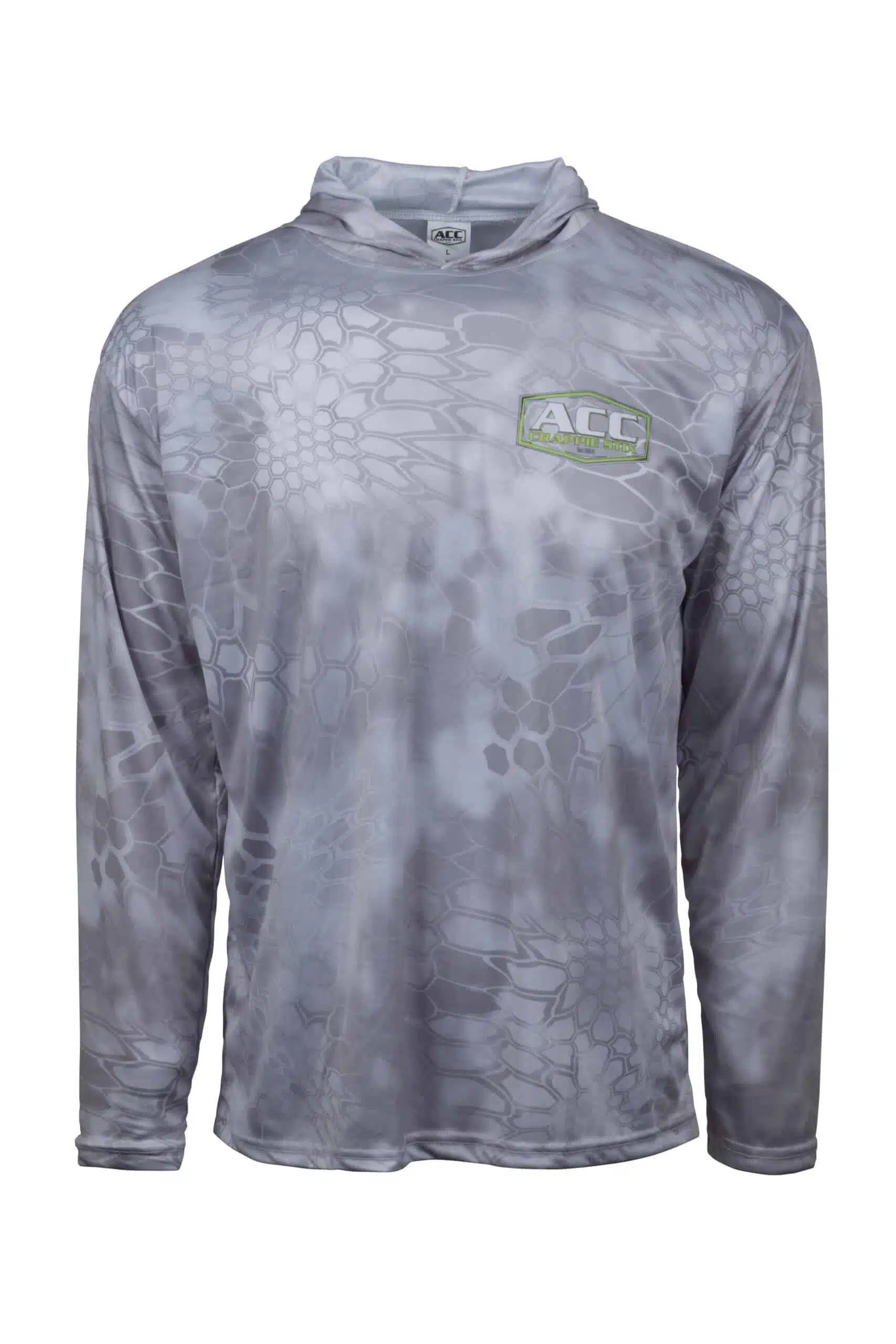Day 3: How to Jig Bridges for Crappie

 Editor’s Note: Twenty-seven-year-old Reagan Smith (Reag’s Guide Service) of Tremont, Illinois, says he’s been crappie fishing forever, and he’s been guiding crappie fishermen for the last three years. “All the lakes I fish are more or less in Central Illinois. I guide on Lake Springfield in Springfield, Illinois; Sangchris Lake near Rochester, Illinois; and Clinton Lake in Clinton, Illinois.”
Editor’s Note: Twenty-seven-year-old Reagan Smith (Reag’s Guide Service) of Tremont, Illinois, says he’s been crappie fishing forever, and he’s been guiding crappie fishermen for the last three years. “All the lakes I fish are more or less in Central Illinois. I guide on Lake Springfield in Springfield, Illinois; Sangchris Lake near Rochester, Illinois; and Clinton Lake in Clinton, Illinois.”
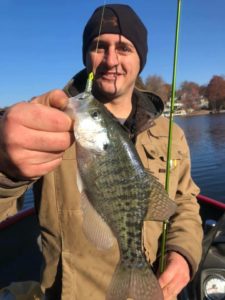
I don’t like to fish where I can’t see the fish. I run two Humminbird (www.humminbird.com) Helix 10 side-scanning and down-scanning GPS depth finders. I like the Helix 10s, because they’re easy to use. I have one Humminbird Helix 10 on my console set on side-scanning. Up front with the trolling motor, I have another Helix 10 set on down-imaging. When I pull up to a bridge piling, before we ever start fishing, I want to see if any crappie are holding on that piling.
I think wind direction and boat traffic on the day you’re fishing helps to determine which pilings will be the most productive to fish. For instance, if we get a west wind, I won’t catch fish on some of the pilings I’m fishing. If we have a northwest wind the next day, I usually won’t catch any crappie on the northwest side of a piling. Although most anglers fish the pilings, we’ll vertical-jig all the way around and in-between the pilings, depending on where we see the crappie holding.

During the winter months, the water depth around the pilings will be 11-12 feet deep, and we’ll usually catch the crappie about 9-10 foot deep around the pilings. Most of the time, we’re fishing with the 10’ ACC Crappie Stix rods, and the jigs will be at about the end of the line at 10-feet deep. I tell my clients, “Just lower the jigs down until the tip of the pole is just above the water. When the crappie bites, set the hook hard, and try to jerk the crappie into the boat. I don’t mind if you hit me in the face with a crappie – just get it in the boat.”
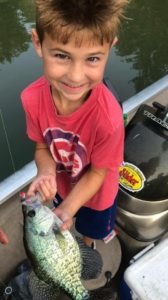 Because I have my Crappie Stix rods already rigged, all I have to do is take my bridge-jigging Crappie Stix rods out of the rod locker and hand them to my clients. They can let the jigs straight down, and the jigs already will be in the proper depth to catch the crappie. When a crappie bites, my client can set the hook and jerk the crappie in the boat with one, hard hook set. As I’ve stated earlier, that’s the reason I carry 30-rigged ACC Crappie Stix rods in my rod locker. Clients want to fish. They don’t want to be waiting on me to rig rods. So, if we’ve been shooting docks or catching white bass, and we want to vertical jig bridge pilings for crappie, I can take my 10’ bridge-jigging rods out of the rod locker and put the dock-shooting rods in the rod locker. When we reach the bridge pilings, my clients can start fishing immediately. The people I guide want to catch fish, and the quicker I can have them fishing and catching crappie or white bass, the happier they are.
Because I have my Crappie Stix rods already rigged, all I have to do is take my bridge-jigging Crappie Stix rods out of the rod locker and hand them to my clients. They can let the jigs straight down, and the jigs already will be in the proper depth to catch the crappie. When a crappie bites, my client can set the hook and jerk the crappie in the boat with one, hard hook set. As I’ve stated earlier, that’s the reason I carry 30-rigged ACC Crappie Stix rods in my rod locker. Clients want to fish. They don’t want to be waiting on me to rig rods. So, if we’ve been shooting docks or catching white bass, and we want to vertical jig bridge pilings for crappie, I can take my 10’ bridge-jigging rods out of the rod locker and put the dock-shooting rods in the rod locker. When we reach the bridge pilings, my clients can start fishing immediately. The people I guide want to catch fish, and the quicker I can have them fishing and catching crappie or white bass, the happier they are.
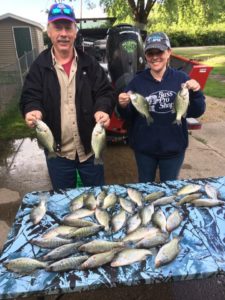
You can go to Smith’s webpage www.centralilcrappieguide.com to see the fish he catches, his trip information and pictures of his clients and the crappie they catch. You can call him at 309-642-8106. He also has a Facebook page https://www.facebook.com/reagsguideservice .

